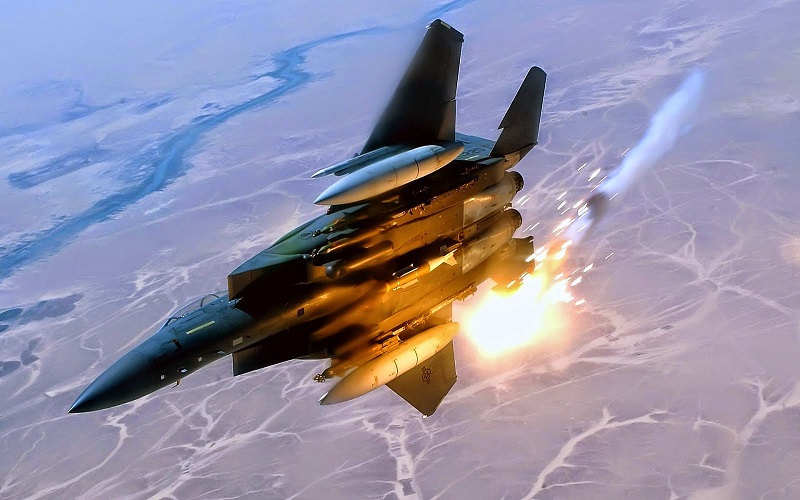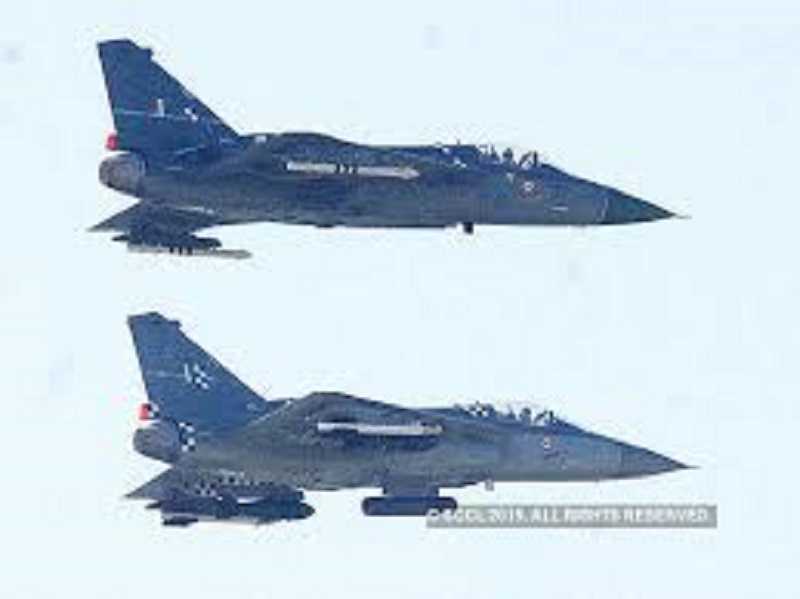
Prime Minister Narendra Modi was recently trolled and criticised for his statement about Radars and weather. Modi, in an interview, had said: “The weather was not good on the day of the air strike. There was a thought that crept in the minds of the experts that the day of the strike should be changed. However, I suggested that the clouds could actually help our planes escape the radars.” He was criticised for these remarks as many said that these remarks lacked scientific validity.

But now a scientist and expert in the field have come forward supporting Narendra Modi. Dhiraj Sinha, Postdoctoral Associate at MIT, USA has supported Modi’s remarks by giving a scientific explanation. Sinha, who earned his doctorate from Cambridge University for his work on radio signal sensing using microstructures, has written his opinion in a national media.
A radar comprises of a transmitter which sends radio waves along with specific directions. The signals are reflected off the target which is used to construct an image of the target. If the target is moving at a specific velocity, there is a shift in the frequency of the signal which can be used to identify the target speed. As the received signal is just above the noise floor, a number of factors can influence the radar system and rainfall and clouds can certainly influence the measured signal.

Although radio waves are transparent to weather conditions like fog, clouds and rain, change in weather conditions can influence scattering and overall propagation. The presence of moisture in the air can influence the propagation of the signal in space.
Modi was talking in the context of Balakot strikes by the Indian Air Force. A typical airport surveillance radar, which detects the position of an aircraft in the terminal area operates at 2.7 to 2.9 GHz and 1.03 to 1.09 GHz). It can cover an area of 96 Km at an elevation of 25,000 feet.

Radars operating at such frequencies are not significantly affected by a change in weather conditions. However, when the weather conditions are extreme, they can find it hard to detect a fighter aircraft zooming at very high speeds.
A number of researchers have authored papers on the subject of attenuation of radio waves by rain, fog and clouds. A detailed report by Rand Corporation for US Air Force was published way back in 1975. According to it, for a dense cloud, the attenuation of the signal could be 0.1 dB/km for X band radar. It implies signal attenuation by a factor of 10 if the target is 50 Km from the source. The attenuation could increase by a factor of 10 if there is rainfall at the rate of 25 cm/hr.

Besides rain, lightning-based scattering can also attenuate radar signals over short periods which can open new opportunities for fighter aircraft.
In fact, attenuation of radio waves is widely used in measuring rain intensity and moisture content. Below 1 GHz, the attenuation is not that significant, but heavy rains, clouds and lightning effects can still make some impact on the measurement process. Having said all that, it must be stated that as a pilot in an aircraft also communicates with the ground station using radio waves, the attenuation can also act as a bottleneck in maintaining a seamless communication link with the ground station. That is the reason why a lot of aircraft accidents happen during bad weather.

To sum up, Modi’s statement does hold strong scientific basis which can be corroborated by existing research on the subject. The X band radar is significantly attenuated by rains, clouds and fog and related climatic conditions. For lower bands, the attenuation is less significant, but in high-speed warfare, a slight change in conditions can offer huge leverage.

Post Your Comments